Information Gap Activities.
Keep your students “on task” and interested!
By Donna Leigh
TEFL Educator for over 6 years

They’re my favorite way to get shy students to speak and keep talkative students on task.
Not only are information gap activities engaging, effective, and dynamic, but they’re a super easy activity to incorporate a little bit of storytelling, mystery, and intrigue into your classroom.
If you’re looking to increase your students’ speaking fluency, information gap activities may be just the thing for you and your students.
They can help keep your students on task, create a need for conversation, and give your students an opportunity to practice both speaking and listening skills simultaneously.
Sound like a good fit?
Today I want to share two information gap activities (one now and one in the following blog) that you can use in your beginner-level or intermediate-level classroom.
If you’re not familiar with these types of activities, keep reading below for a quick review
What is an Information Gap Activity?

The term, “information gap,” refers to a gap in knowledge between two or more individuals.
It’s the primary force behind most of the natural conversations native speakers have.
We watch the news because we don’t know what the current events are. We call up a friend because we forget what time the party starts.
We communicate in order to exchange information and ideas.
By creating gaps of information between students, information gap activities create more authentic conversation simulations within the walls of your classroom. This, in turn, creates situations for your students to use English in a more realistic, engaging, and necessary way. When using info-gap activities, students need to exchange information and ideas with one another in order to complete the activity.
While information gap activities are really easy to use, measure, and execute, there are a few important things to keep in mind. Like I said earlier, the main purpose of an info-gap activity is speaking fluency. The goal isn’t to learn new vocabulary or practice a specific sentence structure.
If the vocabulary or grammar within the activity is too difficult, it will become your students’ focus. Choose a topic that your students are familiar with and use words that come easily to them, so that you can more fully focus on their fluency rather than their accuracy.
Story-Based Information Gap Activities
Stories are one of the most motivating, moving, and authentic forms of communication. I could go on and on about the value of story-telling within a culture, but for our present purposes think about the engagement within activities like murder mystery parties or escape rooms.
Without some sort of story behind a murder mystery party, the whole entire structure crumbles. Likewise, with no story-telling, an escape room becomes a simple series of puzzles with no motivation aside from winning.

Create a storyline within which your students can work.
For example, Einstein’s Riddle is a popular puzzle based on the story of a stolen fish.
The police go to catch the thief and find 5 houses all on the same street. If they enter the wrong house, the thief will run away. Using a series of clues, you must figure out which house the stolen fish is in.
While this puzzle is a little bit too difficult for an ESL setting, the same concept can be applied whether your students are beginners or at the intermediate level
.
In the next article, I’ve got some suggestions to help you create engaging story-based information gap activities that will keep your students on task and they may actually want to complete!
The next article focuses on:
- Beginner Level activities
- Intermediate Level activities
and can be found in the blog article section on the site:
https://theteflcertificate.com/articles-about-teaching-english-overseas/
Enjoy Teaching and Enjoy your Students,
Donna Leigh




